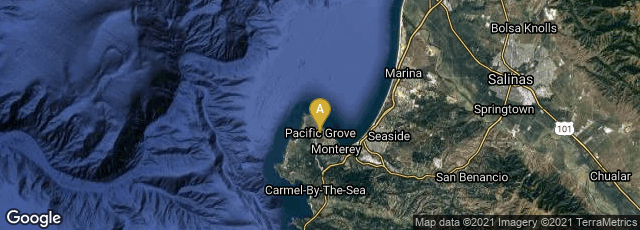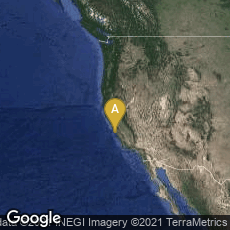

A: Pacific Grove, California, United States
From 1973-74 American computer scientist and microcomputer entrepreneur Gary Kildall, one of the first people to view microprocessors as full-featured computers rather than equipment controllers, developed the operating system, CP/M (Control Program for Microcomputers) through his company, Digital Research, in Pacific Grove, California.
". . .Kildall originally developed CP/M during 1973-74, as an operating system to run on an Intel Intellec-8 development system, equipped with an Shugart Associates 8-inch floppy disk drive interfaced via a custom floppy disk controller. It was written in Kildall's own PL/M (Programming Language for Microcomputers). Various aspects of CP/M were influenced by the TOPS-10 operating system of the DECsystem-10 [PDP-10] mainframe computer, which Kildall had used as a development environment" (Wikipedia article on CP/M, accessed 02-06-2010).
"By 1981, at the peak of its popularity, CP/M ran on 3,000 different computer models and DRI had $5.4 million in yearly revenues" (Wikipedia article on Gary Kildall, accessed 02-06-2010).
On October 1, 2014, marking the 40th anniversary of the introduction of CP/M, the Computer History Museum in Mountainview, California made available, for non-commercial use, the source code of several early releases of CP/M.
"The museum is releasing scanned printer listings and/or machine-readable source code for four early versions of CP/M dating from 1975 to 1979. These include the earliest source code for CP/M we have been able to locate, dating from before there were official version numbers. It was used at Lawrence Livermore Labs for their Octopus network system. Version 1.3 in 1976 was the first release to include the BIOS (Basic Input Output System) code that made it easy to modify the software for different computers. This includes an amazing 48-page reverse-engineered source code listing with a hand-annotated disassembly of the object code. Versions 1.4 and 2.0 allowed compilation and assembly on personal computers and considerably expanded and generalized access to disks."